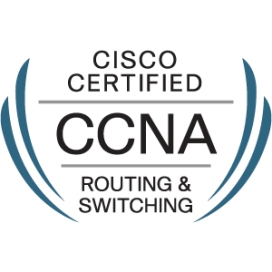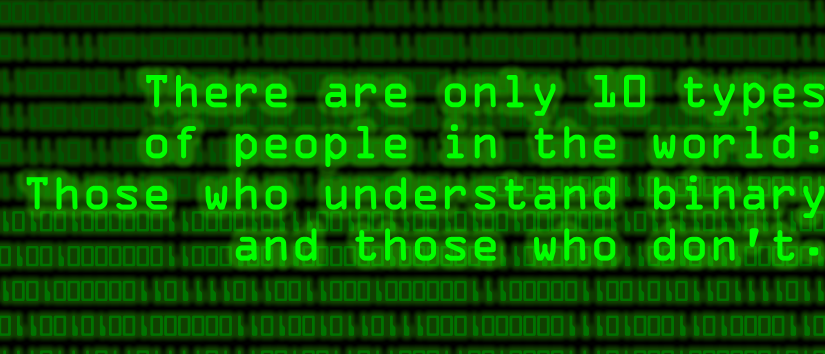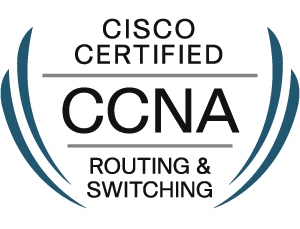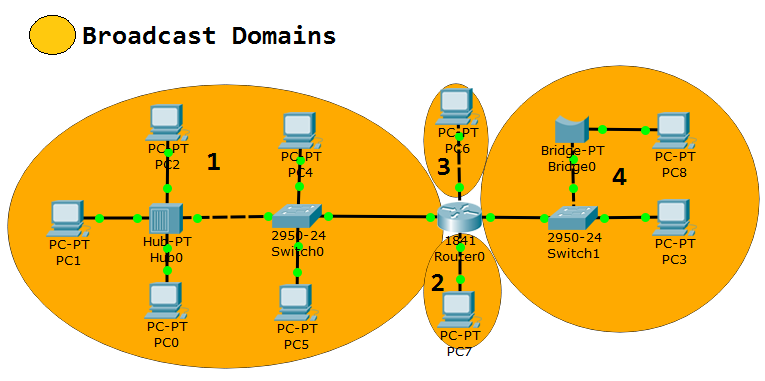Hi everyone!
As you might have noticed, I have not written any articles on my blog for 3-4 months now, and I would like to offer you an explanation.
I started this blog back in February of this year, as a method of getting ready to take my CCNA R&S certification exam. I thought, back then, that it was a good idea and for the most part, it was.
I learned a lot while researching the topics I was going to write about for my blog, in fact, I learned way more than what is required for a CCNA (read my 3 parts article “IPv6 for future CCNAs” and you’ll see what I mean), but something was not quite right.
Don’t get me wrong, I am not complaining about how much I’ve learned, the issue is that while learning all that information was awesome, the actual writing of the articles (at an acceptable quality level) was taking me a lot of time, and so I felt that I was not moving forward at an acceptable pace, not for me any way.
Also, right about the same time, I found out that Cisco was getting ready to retire CCNA v2.0 for the new CCNA v3.0 exam and I had only until August 20th to take the certification. So right then I decided to stop writing for my blog and just concentrate on my studies.
So, for the past 3 months all I did was read books, watched videos and Packet Tracer exercises until this passed Friday, August 12th 2016, when I took the certification exam and passed it with a 94.7. Great feeling!
So, this means that I can start (re-start) writing for my blog and hopefully help some of you who are thinking about becoming certified.
Besides, this time I won’t have to do as much research as I had to do before because I have a little more authority on the subject now, right? I mean, of course I am not claiming that I know ALL about networking because I do not, nor am I claiming that I do not make mistakes because I do, but I have a newly found confidence now, I am after all… a CCNA! :O)











